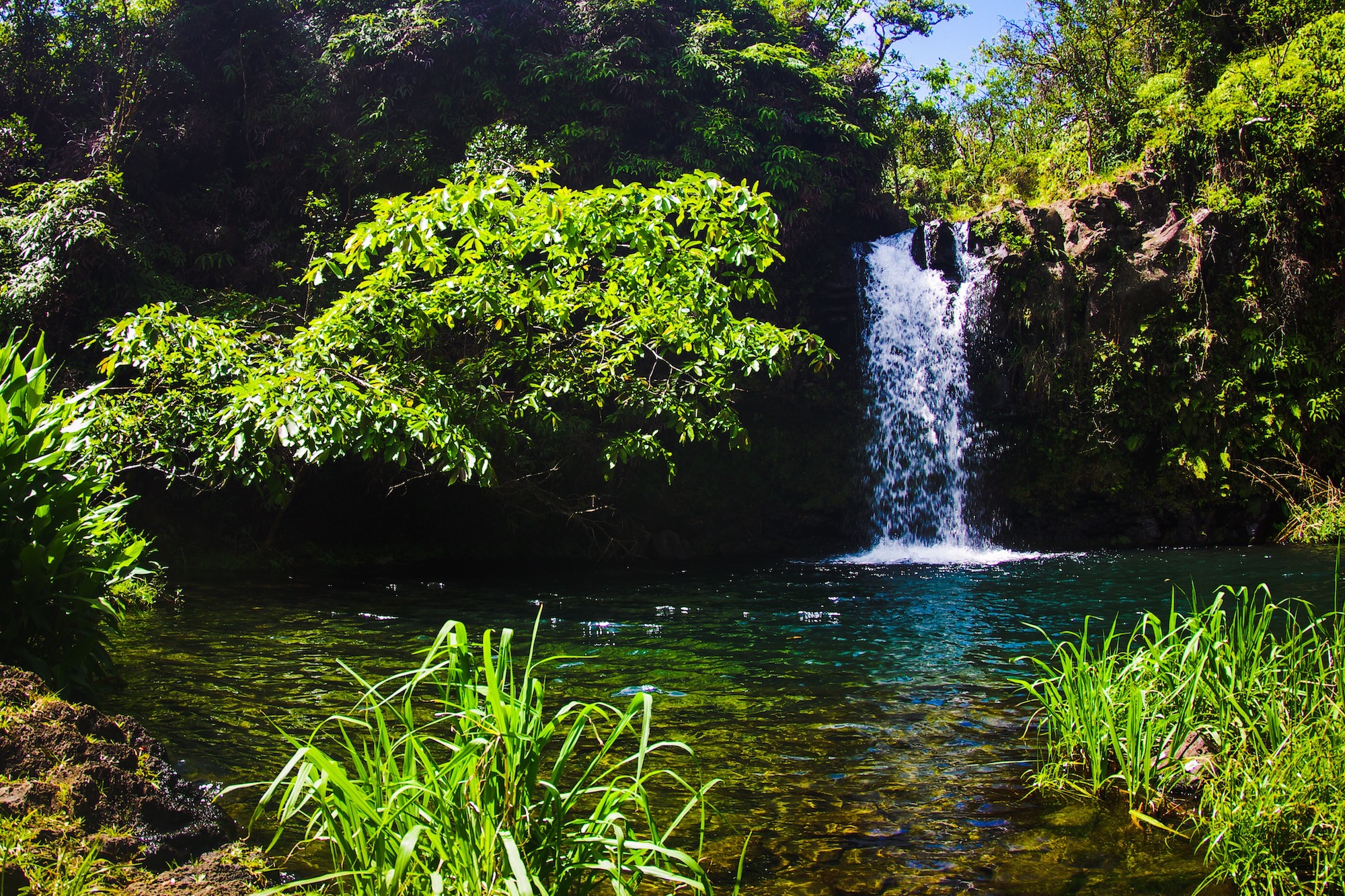| HOW TO TESTIFY
Written testimony:
You can submit written testimony in advance, which will be distributed to BLNR board members prior to the meeting. Written testimony must be submitted no later than September 23rd at 9:00 am, in order to allow time for board members to review it. Late written testimony will be retained as part of the record, but board members may not have sufficient time to review it prior to decision-making. Submit written testimony to blnr.testimony@hawaii.gov. Please make sure to refer to the EMI Lease, and state that “The Final EIS is inadequate and needs to be rejected.”
Live online testimony:
To provide live oral/video testimony during the online meeting, email your request to blnr.testimony@hawaii.gov at least 24 hours in advance, with your name, phone number, email address, computer identification name (check your device settings), and the agenda item on which you would like to testify. Please make sure to state that “The Final EIS is inadequate and needs to be rejected.”
Mahalo for protecting Maui’s future! |
